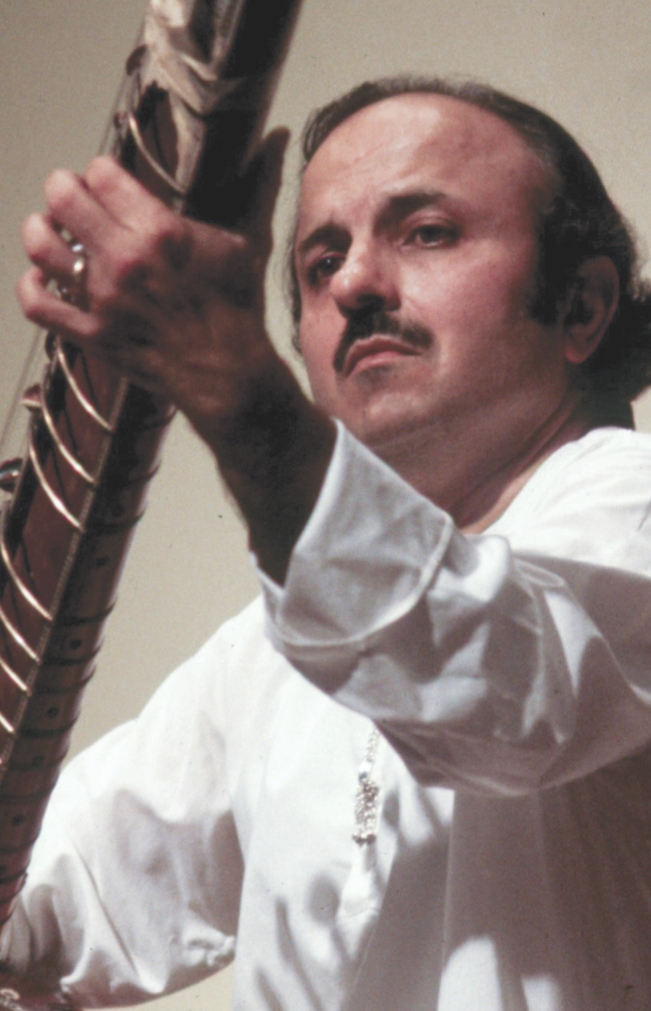Gaurang Bhaskar Yodh
DOI: 10.1063/PT.3.4396
Experimental particle physicist Gaurang Bhaskar Yodh, known for his work at accelerators and with cosmic rays, died peacefully in Irvine, California, on 3 June 2019. Thoughtful and caring, he enjoyed life and was infectiously optimistic.

Gaurang Bhaskar Yodh
JORDAN GOODMAN

Gaurang was born in Ahmedabad, India, on 24 November 1928 and was raised in Bombay (Mumbai). He graduated from the University of Bombay in 1948 and then traveled to the University of Chicago, where he was recruited to join the group of Enrico Fermi and Herbert Anderson. At the time, Gaurang was unique as an Indian in the US aspiring to be a particle experimentalist. His PhD research, done in the early days of strong-interaction physics, probed interactions of pions with protons and neutrons and tested theories about mesons and isotopic spin conservation. Gaurang was profoundly inspired by Fermi, who died in 1954, and he finished his PhD with his other great mentor, Anderson, in 1955. Shortly thereafter, Gaurang did a postdoc with Wolfgang Panofsky at Stanford University, where he again worked on pion physics, but with electrons in the incident beams.
Physics was not Gaurang’s only important pursuit. He was an accomplished sitarist, whose teacher hailed from the same musical family and esteemed tradition as the celebrated Ustad Vilayat Khan. In 1949, in Chicago’s Mandel Hall, Gaurang gave the first of many sitar concerts; he gave another at the San Francisco Museum of Modern Art in 1955. In 1956, on the Westminster recording label, with Dinesh Patel playing the tabla, he recorded the two-volume Music of India, among the earliest albums of sitar music in the US.
After his postdoc, Gaurang returned to Mumbai because, as he said, he wanted to “make a difference” for India. In joining the physics department at the Tata Institute of Fundamental Research, he hoped to start an experimental accelerator-based particle-physics program. Unfortunately, the timing was not right for major Indian investments he sought, and two years later Gaurang and his wife, Kanwal, returned to the US. Gaurang’s first physics faculty job was at the Carnegie Institute of Technology in 1958. After three years he joined the physics and astronomy department at the University of Maryland in College Park. He worked there until 1988; he then moved to the University of California, Irvine, where he stayed for the rest of his career.
Initially, Gaurang carried out experiments at accelerators. That research involved meson scattering, reactions, resonances, and decays. In 1963, SU(3) flavor symmetry was in its infancy. Gaurang, together with George Snow and one of us (Meshkov), established the validity of SU(3) in particle reactions and followed with a series of papers on SU(6) and symmetry breaking.
In the late 1960s, Gaurang’s interests shifted to cosmic rays. In 1972, with Yash Pal and James Trefil, he published what was a startling observation at the time about the energy dependence of proton scattering cross sections. The phenomenon, sometimes referred to as the YPT effect, showed that the strength of proton interactions increases with energy rather than remaining constant or asymptotically decaying to zero, as was commonly assumed. The finding, later confirmed at CERN, helped explain many observations of cosmic rays and had consequences for physics at accelerators. Gaurang then started follow-up collaborations, first atop Mount Chacaltaya in Bolivia, then in New Mexico at the Sunspot Solar Observatory, and then in College Park. The resulting calorimetry and analysis work provided the first evidence that cosmic-ray composition became increasingly dominated by heavy particles near the spectrum knee at roughly 1 PeV.
Gaurang also began developing transition radiation detectors to identify relativistic charged particles and thus facilitate exploration of cosmic-ray composition. His 1975 paper “Practical theory of the multilayered transition radiation detector,” written with Xavier Artru and Gérard Mennessier, is still a standard reference in the field. By the mid 1980s, Gaurang’s interests shifted to high-energy gamma rays from space, which he studied as part of the Cygnus experiment at Los Alamos National Laboratory. That work led to the development of ground-based water Cherenkov gamma-ray telescopes for studying gamma rays and searching for sources of cosmic rays. In the 1990s and 2000s, Gaurang and colleagues pursued those detection techniques and their high-altitude offspring in two major collaborations, Milagro and HAWC. At Irvine, Gaurang also conducted neutrino research. He was a contributor to the AMANDA and IceCube Neutrino Observatory collaborations based in Antarctica, and he was a champion for the ARIANNA project, which is developing radio techniques to look for astrophysical neutrinos.
Beyond searching for new physics, Gaurang was an NSF grant monitor who advocated for the scientific community in fiscally difficult times. He and Kanwal also sponsored the Yodh Prize, presented at the biennial International Cosmic Ray Conference, and other awards. He received accolades for distinguished teaching of physics to undergraduates and even taught sitar courses in the music department. He took great pleasure in mentoring young people, especially PhD students, postdocs, and junior faculty, many of whom have had distinguished careers. To them and to us, Gaurang has been a generous, inspirational mentor and friend.
More about the Authors
Steven W. Barwick. University of California, Irvine.
Jordan A. Goodman. University of Maryland, College Park.
Sydney Meshkov. California Institute of Technology, Pasadena.
